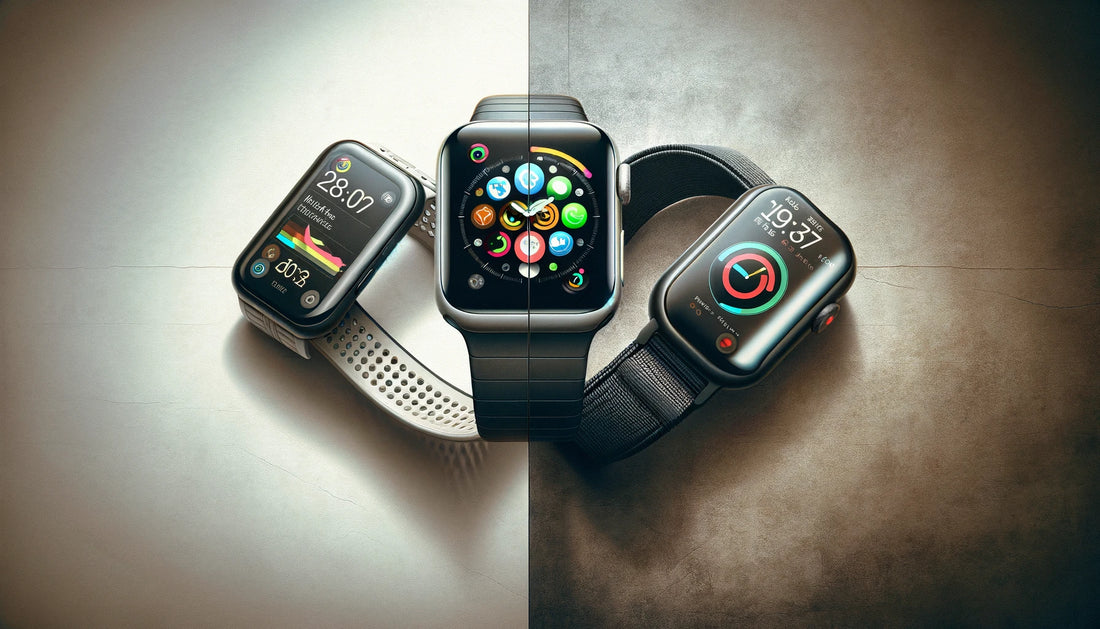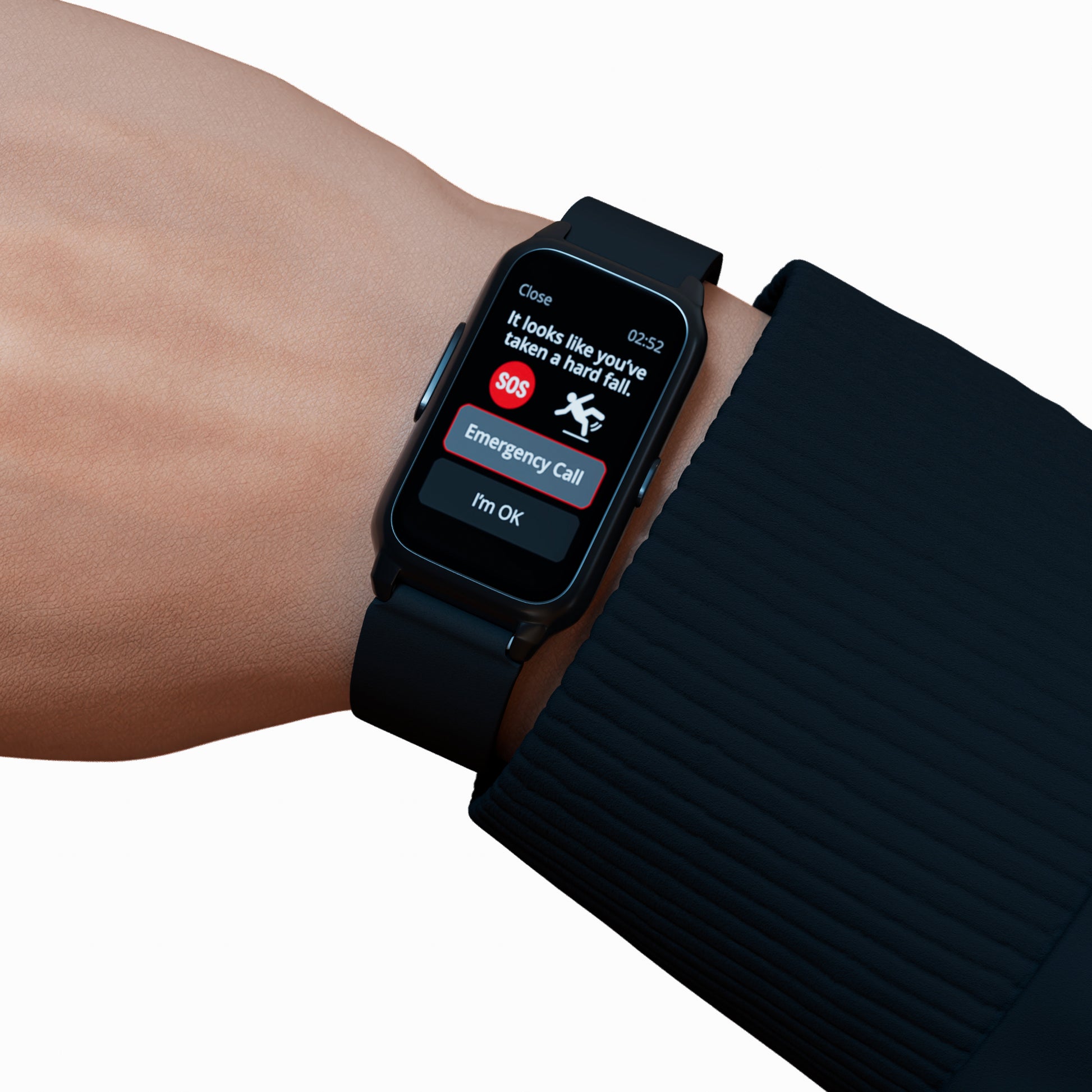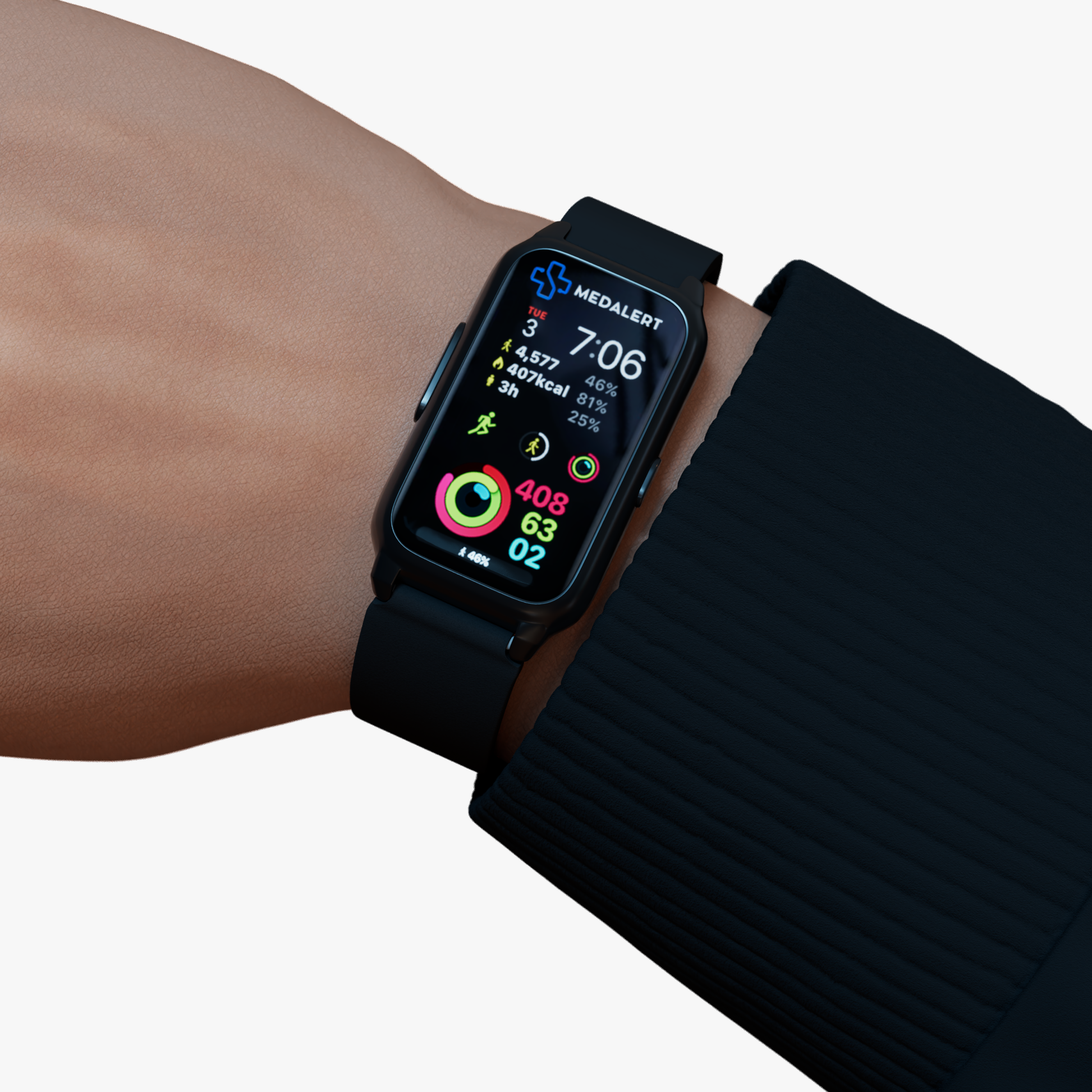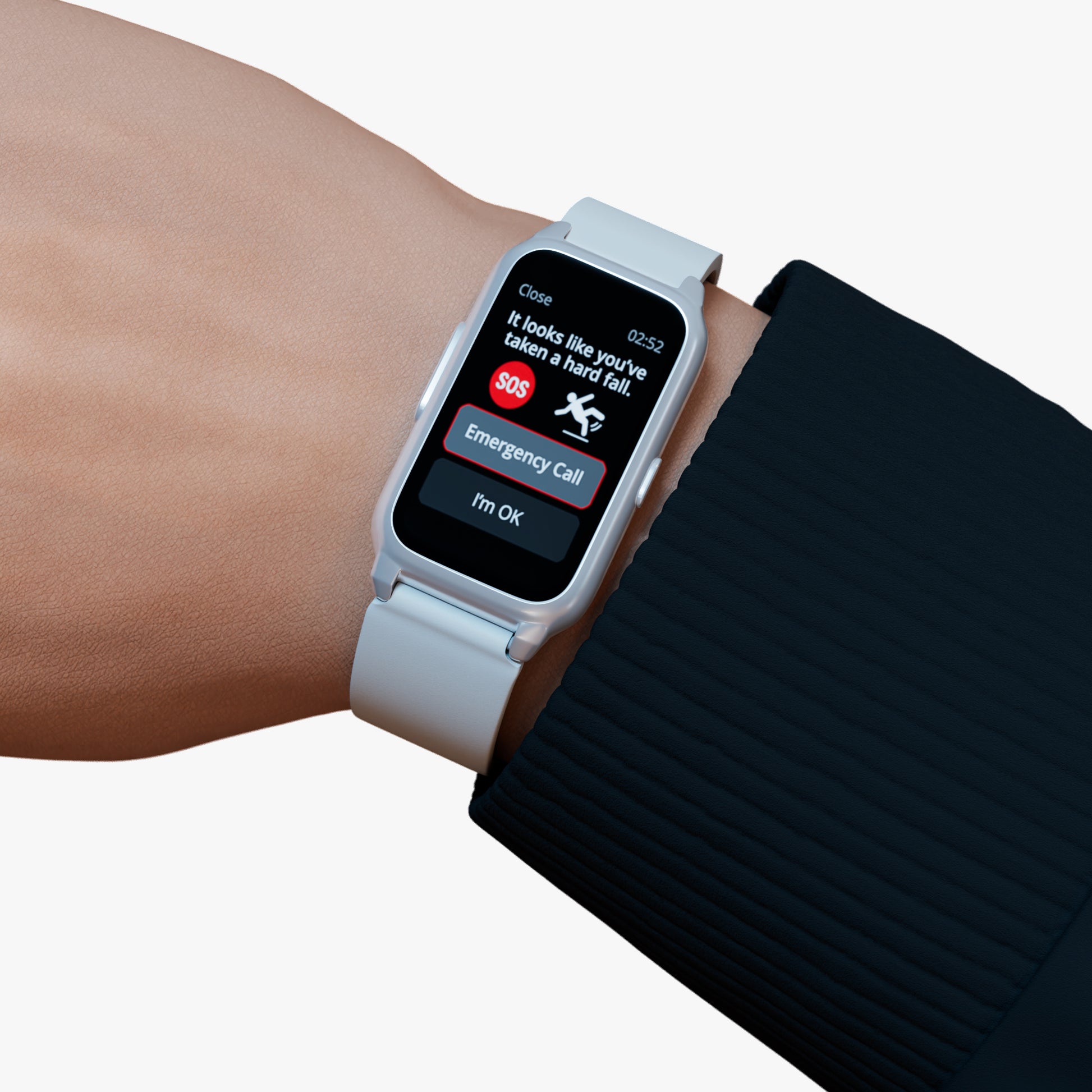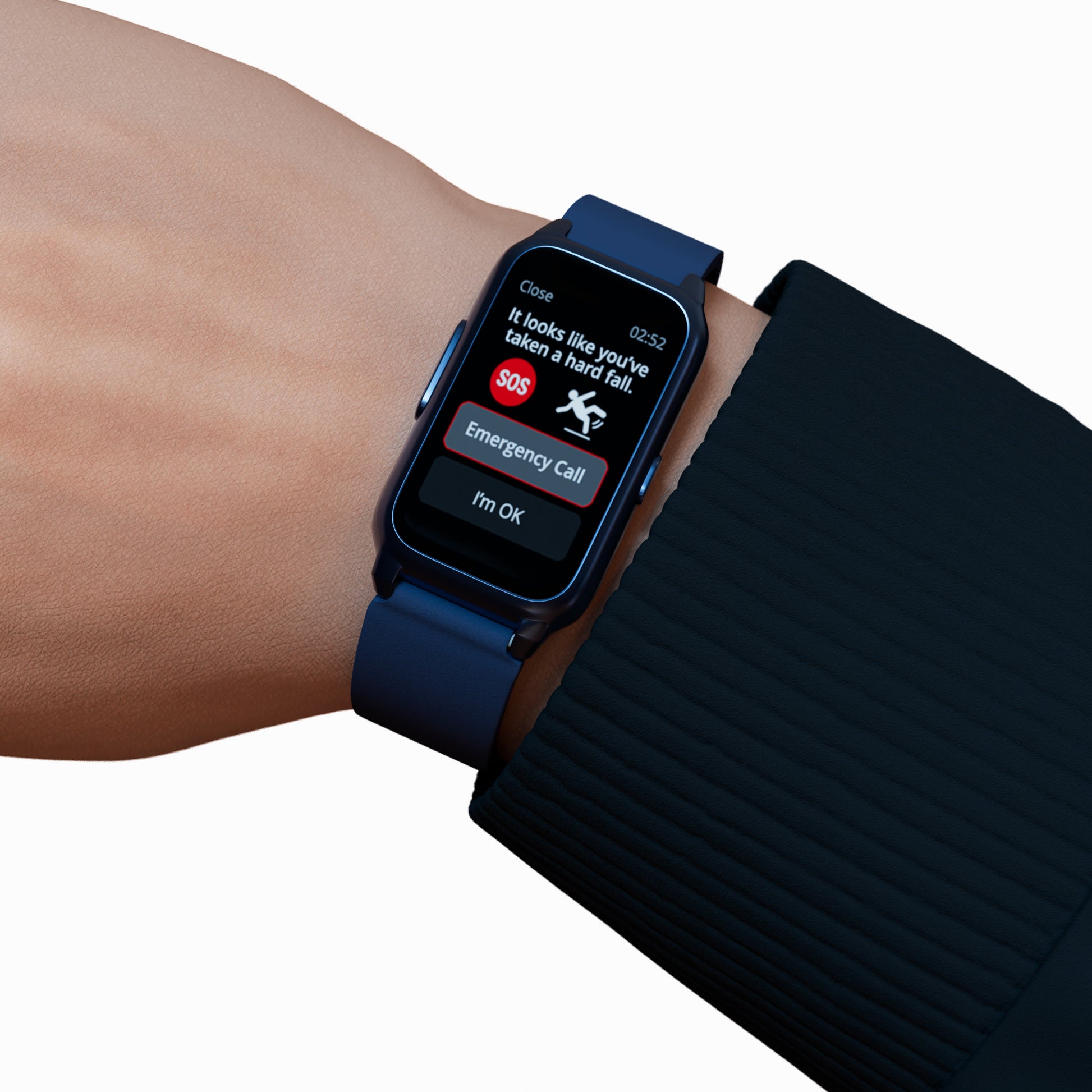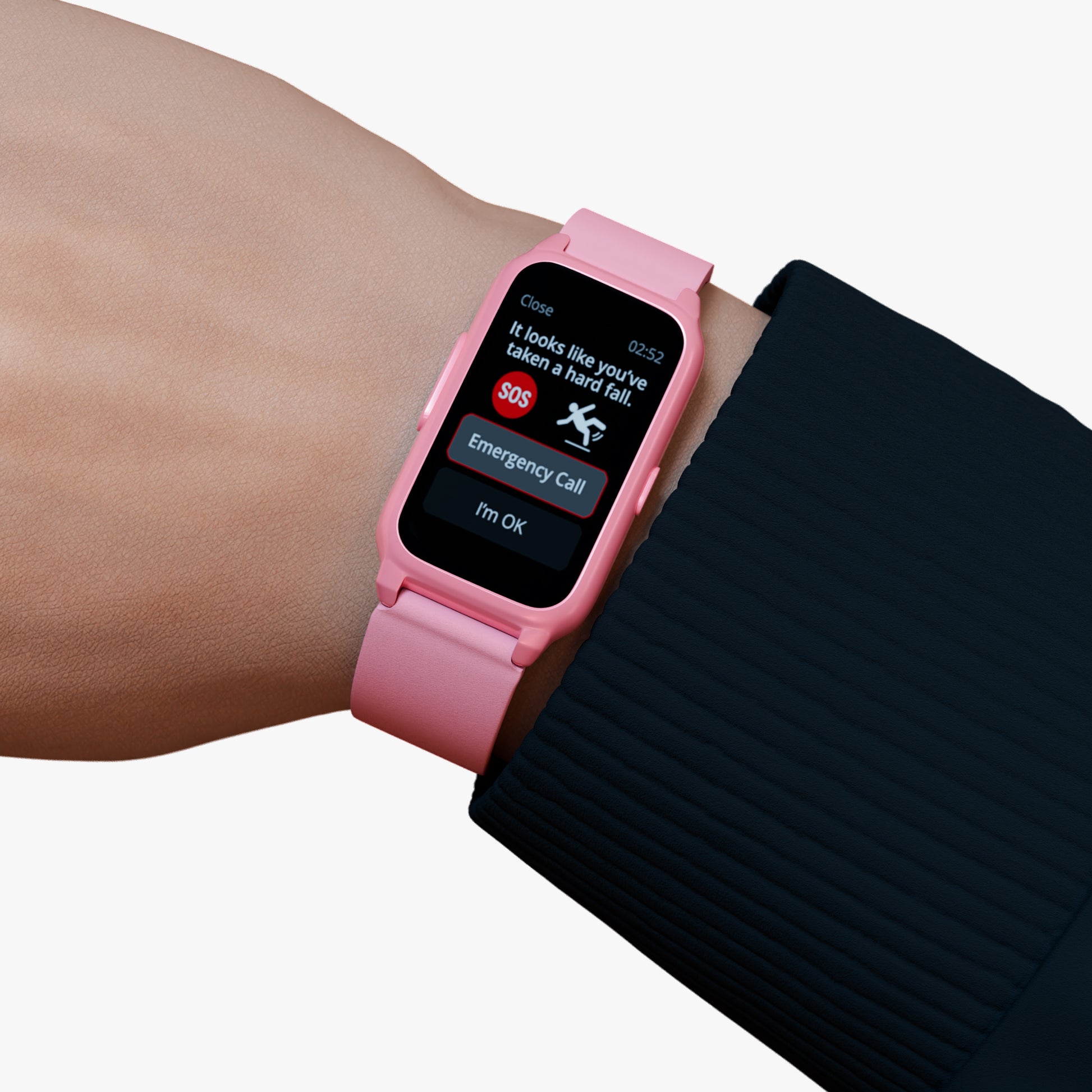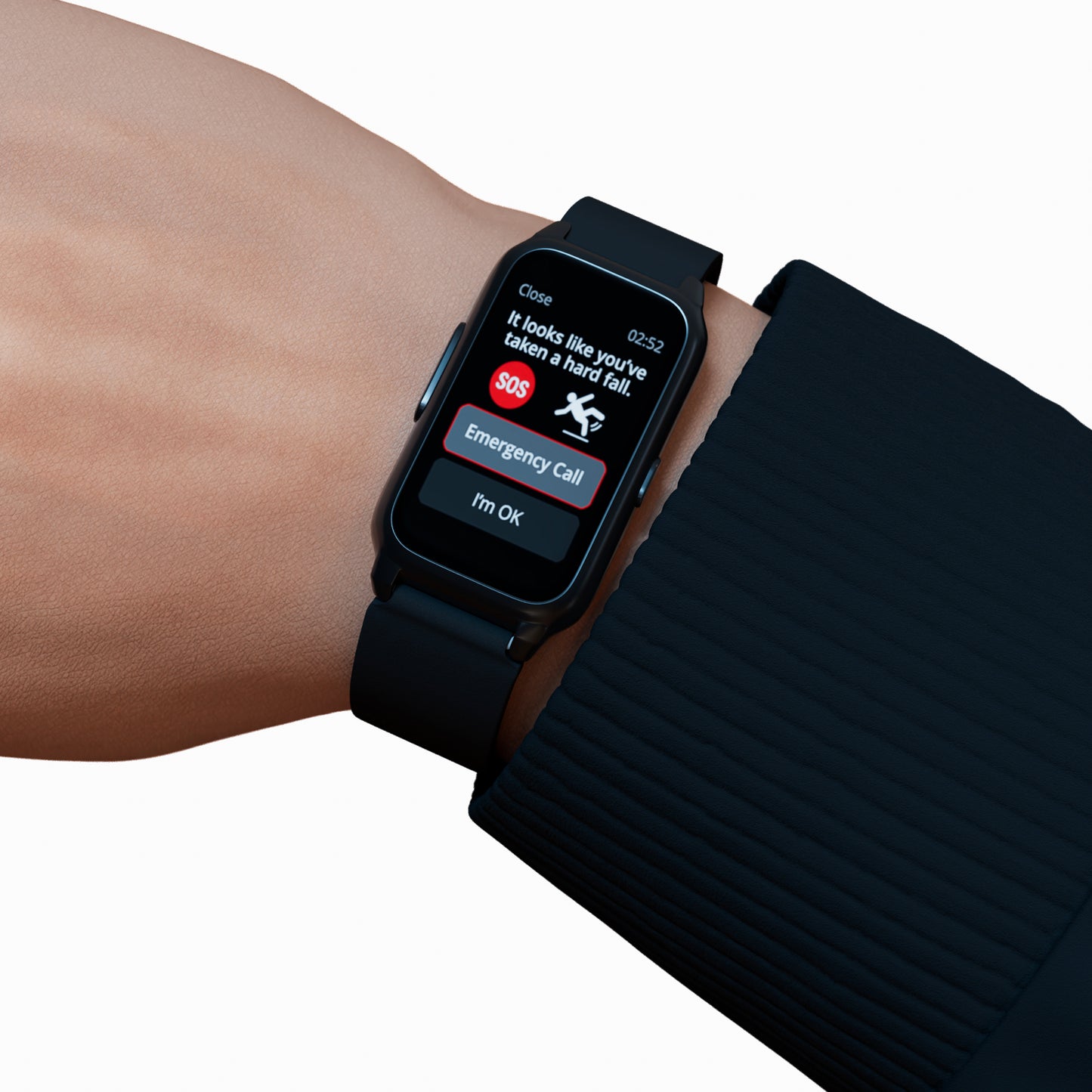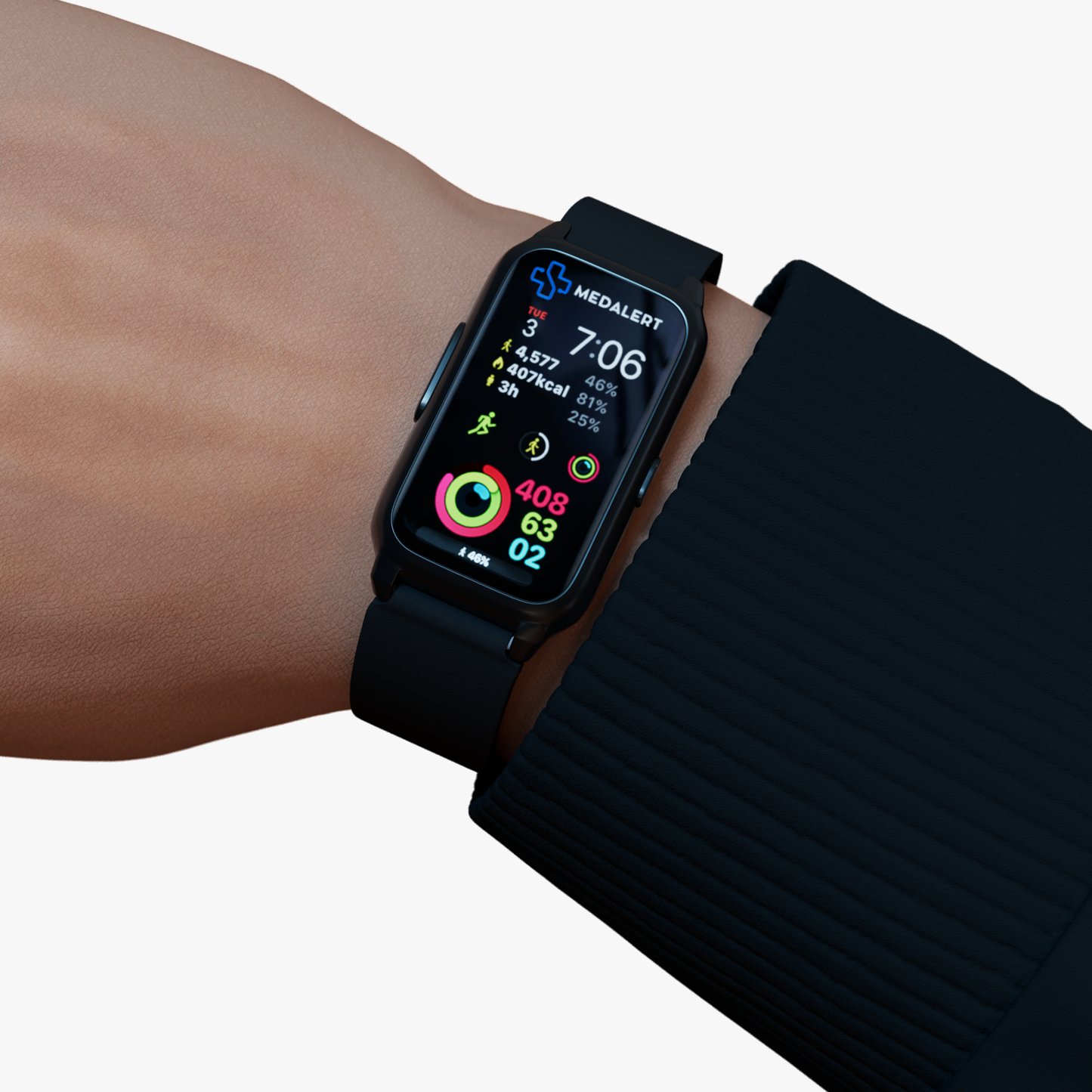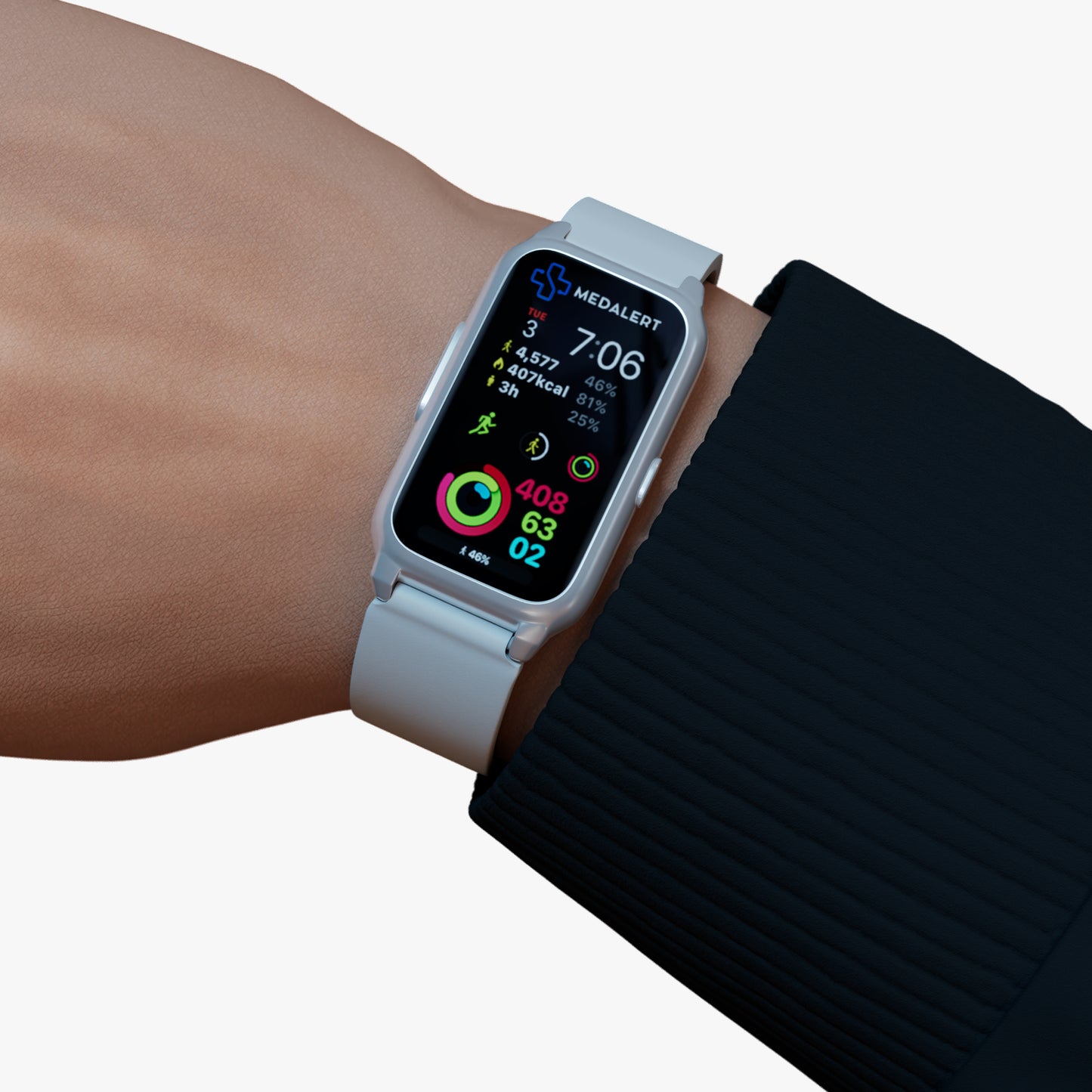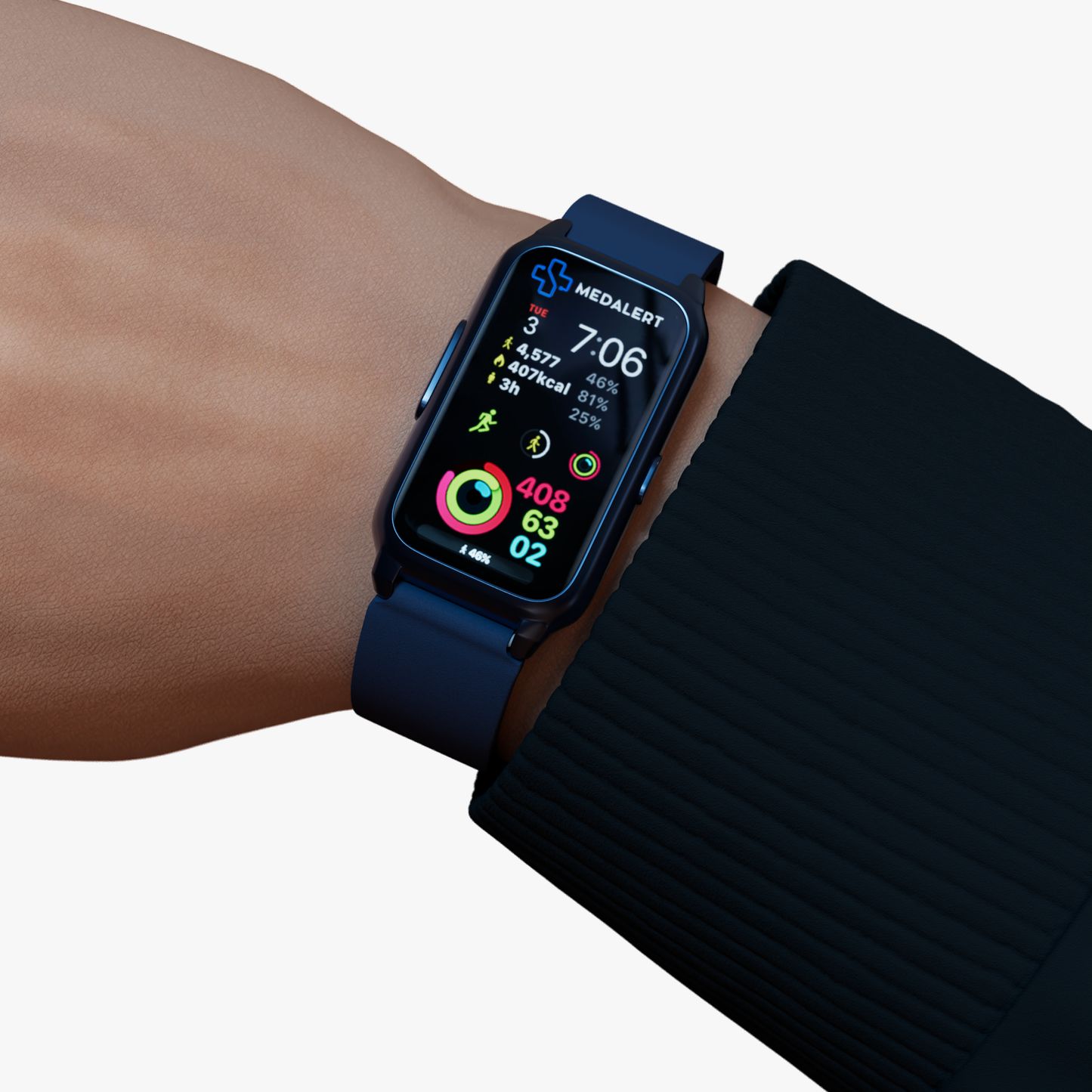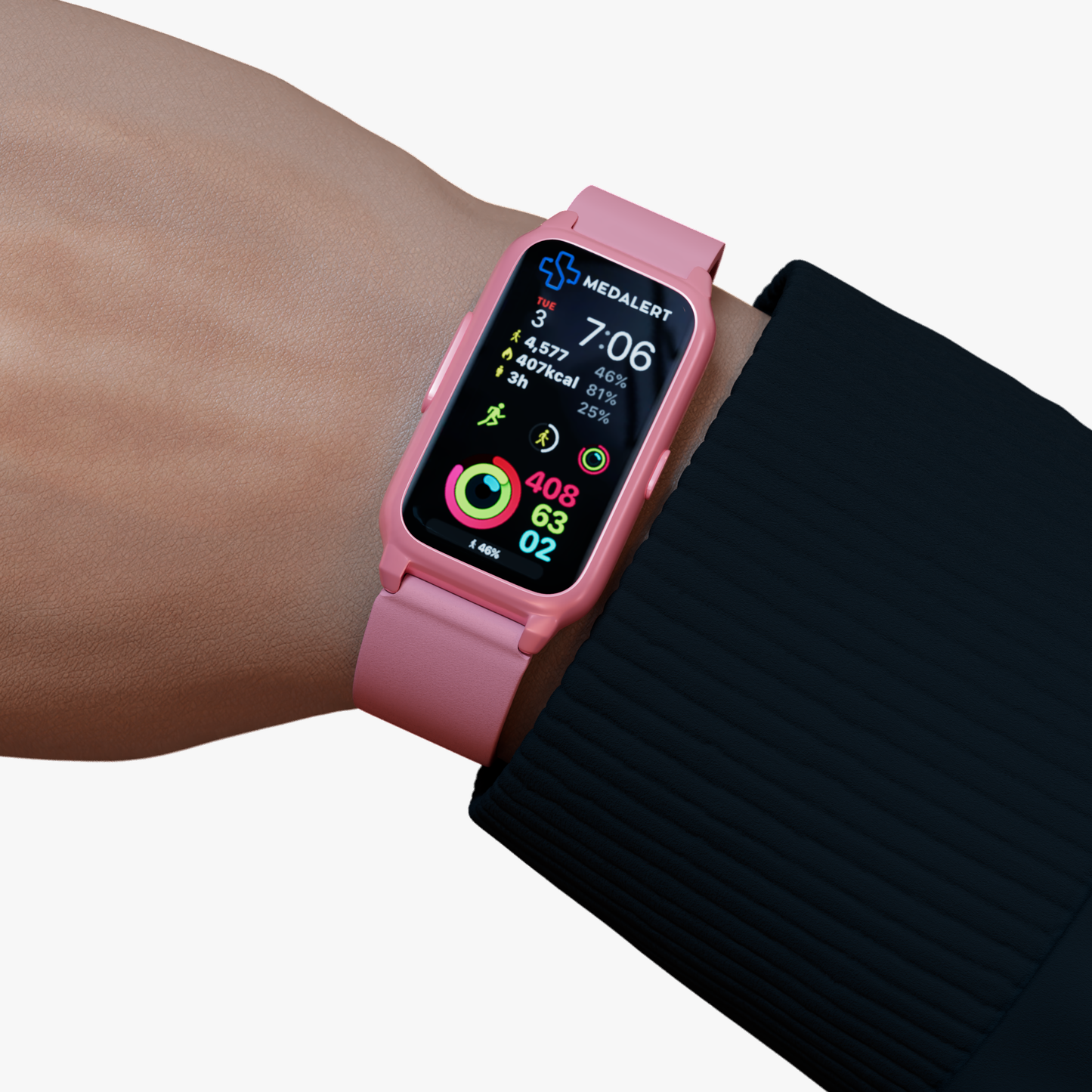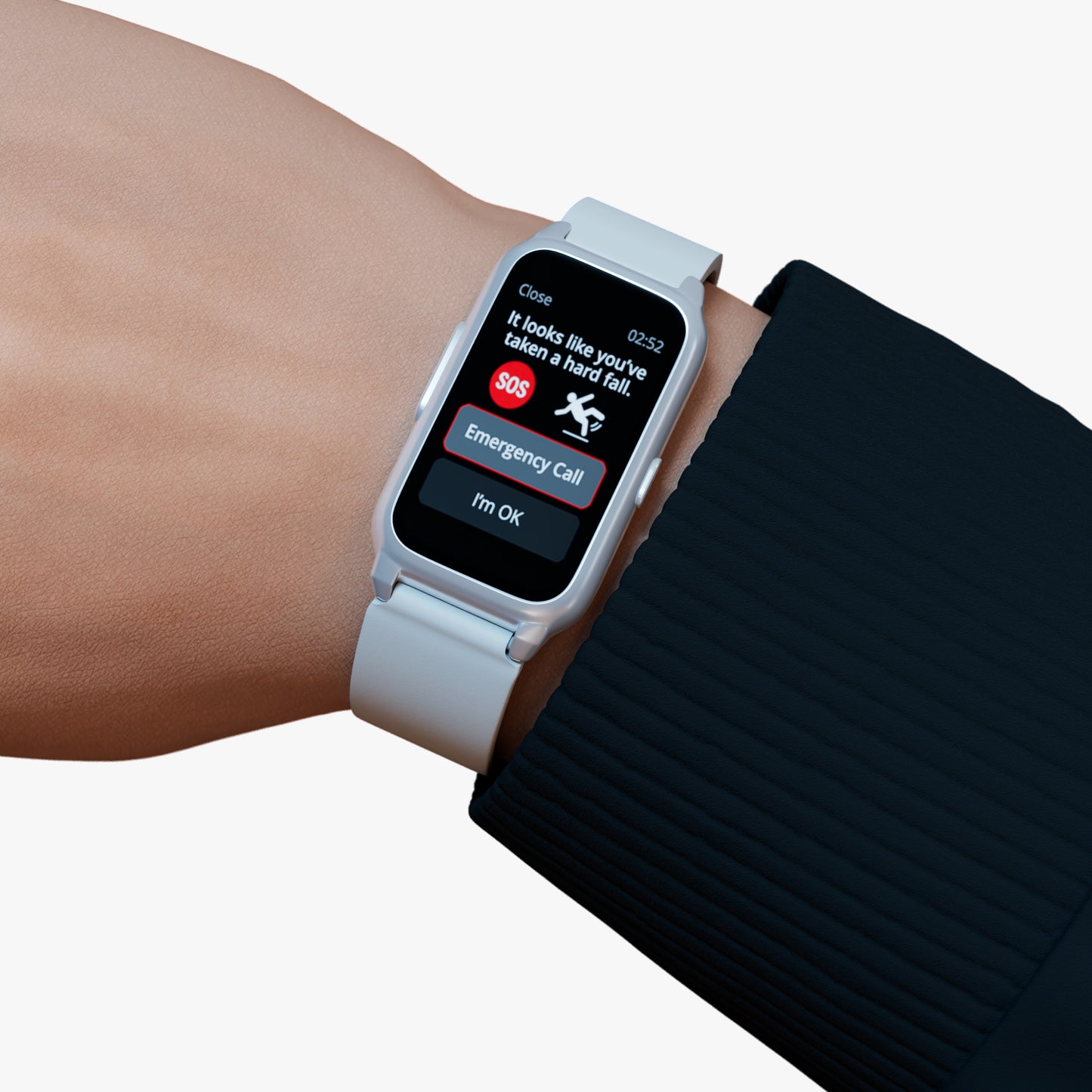Introduction
In the realm of wearable technology, the Apple Watch and the MedAlert Watch represent two distinct approaches to personal safety and connectivity. While the Apple Watch is a multifunctional device catering to a broad audience, the MedAlert Watch is a specialized tool designed for emergency situations, particularly for seniors and individuals requiring medical attention. This article delves into the key differences between these two devices, highlighting why the MedAlert Watch is a superior choice for those seeking a reliable emergency alert system.
What Sets Them Apart
At first glance, both the Apple Watch and the MedAlert Watch might seem to offer similar functionalities, such as health monitoring and fall detection. However, a closer examination reveals significant differences in their purpose, design, and capabilities.
How They Function
The Apple Watch operates as a multipurpose smartwatch offering a range of applications from fitness tracking to connectivity features. It requires pairing with an iPhone for functionality and does not work with an Android phone.
The Apple Watch also requires a Constant connection to an Apple Watch for optimal functionality, especially for emergency calls, which limits its use to within a certain range of the phone. Unless you have the cellular version of the Apple Watch, which costs between $800-1,200, then it will be able to make calls without an iPhone close by.
On the other hand, the MedAlert Watch is specifically designed as a personal emergency response system. It functions independently, without the need for a smartphone, ensuring that its critical features are always accessible.
Key Differences
-
Emergency Response: A standout feature of the MedAlert Watch is its ability to dial multiple pre-set numbers, including family, friends, and caregivers, before calling 000 as a last resort. This contrasts with the Apple Watch, which primarily dials 000 in the event of a detected fall, without the option for personal contact customization.
-
Battery Life: Battery longevity is crucial in emergency devices. The MedAlert Watch offers up to 100 hours of battery life, which far surpasses the Apple Watch's typical one-day battery life. This extended battery life ensures that users remain protected without frequent recharging.
-
Price Point: Cost-effectiveness is another area where MedAlert Watch shines. Priced at $499, it is a more affordable option compared to the Apple Watch’s cellular models, which can exceed $800.
-
Cellular Independence: Apple Watches come in two varieties, cellular, and non cellular versions, with the cellular version costing $800-$1,200. Unlike the Apple Watch, the MedAlert Watch doesn’t rely on a paired smartphone for making emergency calls. This independence is crucial for users who might not always carry a phone or live in areas with limited mobile service.
-
SOS Button: The MedAlert Watch features a dedicated SOS button for emergencies, a vital tool for quick response. This feature is absent in the Apple Watch, which relies more on automatic detection and less on user-initiated alerts.
Additional Benefits of the MedAlert Watch
Beyond these fundamental differences, the MedAlert Watch offers several other advantages:
- Simplified Interface: Designed for ease of use, especially for seniors or those not technologically savvy.
- Specialized Health Monitoring: Tailored for elder users, focusing on metrics crucial for their health.
- Robust and Durable Design: Built to withstand daily wear and tear, making it suitable for all lifestyles.
- GPS Tracking Without a Phone: Independent GPS functionality ensures users can be located even without a smartphone nearby.
- Customizable Alerts: Users can set medication reminders and other personalized notifications, enhancing its role in daily health management.
Conclusion
In conclusion, while the Apple Watch is an impressive piece of technology, it falls short of the MedAlert Watch in terms of functionality, reliability, and cost-effectiveness as an emergency alert device. The MedAlert Watch’s focus on extended battery life, customizable emergency contact features, and independence from a smartphone makes it a superior choice for anyone seeking a dependable personal medical alert system. It’s not just a device but a lifeline for those who value their independence and peace of mind. For those in need of a specialized emergency response solution, the MedAlert Watch stands unmatched in its offerings.

